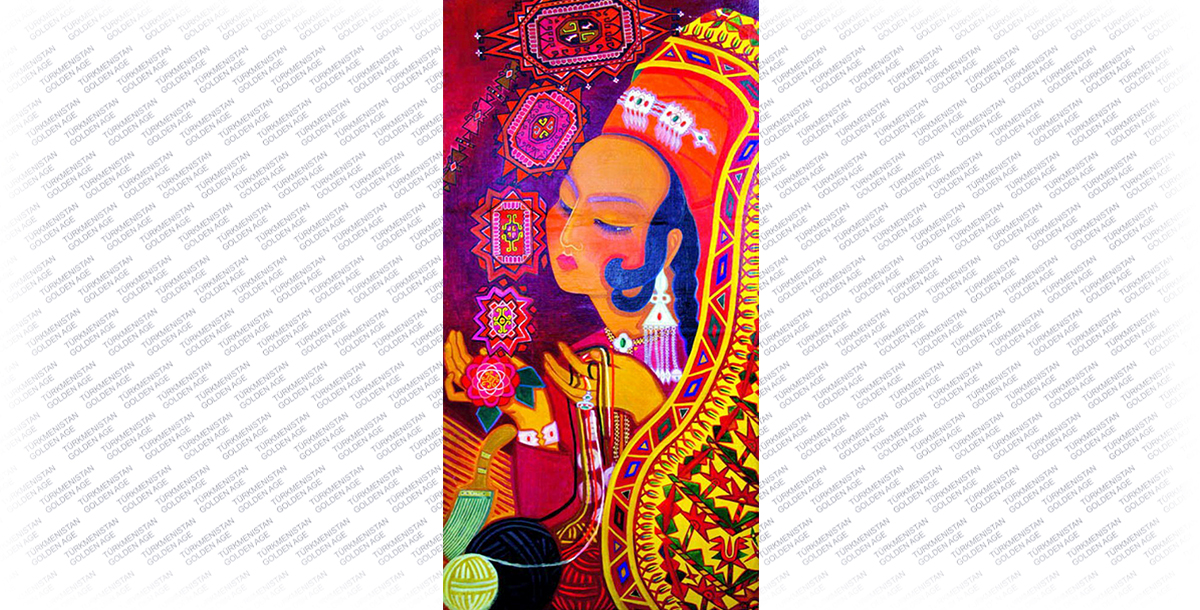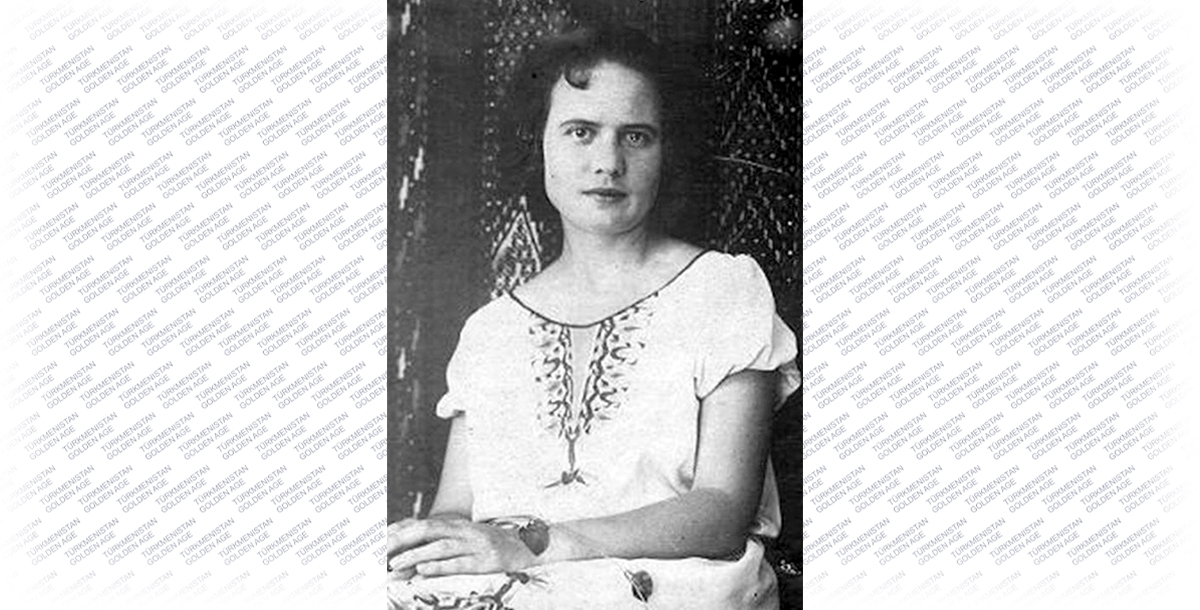Olga Fominichna Mizgireva was one of those who stood at the origins of the birth of the Turkmen national fine arts.
She was born in 1908 in Tashkent, later her family moved to Turkmenistan. From her youth, carried away by painting, Olga strove to get an art education. For her luck, in 1920, on the initiative of the artists Ruvim Mazel, Mikhail Libakov and Alexander Vladychuk, an art studio was organized in Ashgabat, later called the "Shock School of the Arts of the East" (USHIV). It was the graduates of this first studio that left the brightest trace in the history of Turkmen culture.
Students received education at USHIV in drawing, painting, art history and other special disciplines. General education subjects were also studied here: geography, Russian and Turkmen languages, physics, mathematics. The doors of the new educational institution were open to all comers. Young Olga got acquainted with the organizer of USHIV, artist and sportsman Alexander Vladychuk. And later she became not only a talented, promising graduate, but also the wife of Alexander.
Together with the future masters of the Turkmen fine arts - Byashim Nurali, Sergey Beglyarov and her other classmates, Mizgireva got acquainted with the unique cultural heritage of the Turkmen people on numerous trips around the country. The artists studied local folklore, drew inspiration from folk art, synthesized traditional carpet designs.
It was Mizgireva who, for the first time in the history of Turkmen painting, transferred the graphic and color elements of the traditional Turkmen robe "Sary Chyrpy" to a ceramic jug with oil paints.
The four paintings created by Olga Fominichna have been of interest not only to art critics, but also to ethnographers for many decades. For example, the painting "The Creativity of a Carpet Maker" is filled with an unusual play of colors. A very young artist was able to masterfully convey on her canvases the characteristic features of the collective image of a Turkmen woman, her beauty.
In 1934, Olga put aside brushes, pencils and paints forever and never touched them again. When, many years later, she was asked why she left painting, Mizgireva replied that, having touched the world around her and realizing all its greatness, she decided not to copy nature, but to serve her. And she never regretted it, because after leaving for her relatives in the village of Karakala (now Makhtumkuli), she got a job as a laboratory assistant at the Turkmen experimental station of the All-Union Institute of Plant Industry and devoted more than forty years of her life to the study of Turkmen nature.
From 1944 to 1981, Mizgireva was the director of the station. Among her achievements in plant growing are the breeding of new varieties of apple and pomegranate, as well as the discovery in 1938 of a new plant species - the Turkmen mandrake - a unique representative of the ancient flora of Central Asia, preserved only in the South-West Kopetdag.
Roman Teplyakov








